What Does an NFT Diploma Look Like? A Real-World Example on eGAB
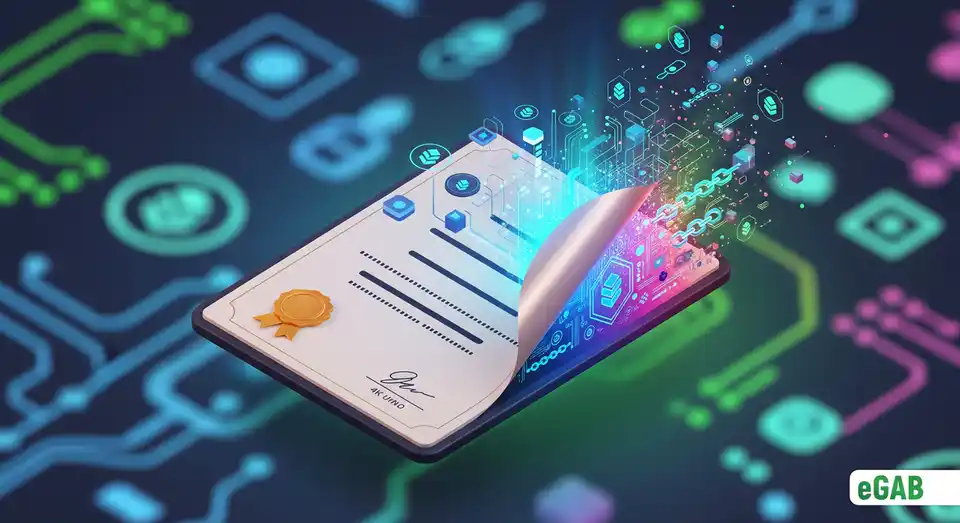
 Author:
Artem Grigoriev
Author:
Artem Grigoriev
Ever wonder what you’re really looking at when you see an NFT diploma? With digital achievements becoming the new standard, it's easy to feel a little lost in all the buzzwords. But what if you could cut through the hype and see a genuine, real-world example? An NFT diploma is so much more than a digital picture. It’s a secure, verifiable, and interactive credential, expertly built for our modern, digital-first world. This is a true evolution from the traditional paper certificate. This article walks you through a real example on the eGAB platform. We’ll break it all down for you. We'll cover its core visual design, its verifiable data, and the game-changing blockchain technology that makes it impossible to fake.
📘 This post is part of our comprehensive guide to "eGAB:The Global Academic Blockchain Ecosystem for Digital Credentials". Explore it to find answers to all your questions ;)
The Core Visual: The Document Image
The first thing you notice when you look at an NFT credential is the document itself. Just like a traditional diploma, an NFT credential always has a high-quality, instantly recognizable visual. At first glance, this is the simple answer to the question:
what does an NFT diploma look like
. And no, this isn't just some random picture; it's a professional, polished representation of your hard-earned academic achievement.
You'll typically see one of a few distinct visual styles:
-
A perfect, crystal-clear scan of the original paper diploma. This classic approach is designed to keep the traditional, official feel of the document.
-
A fresh, custom design created just for the digital version. This modern approach lets the institution proudly show off its contemporary brand identity.
-
A clean, standard template the institution uses for all its digital awards. This thoughtful choice ensures a consistent and thoroughly professional look across all its credentials.
This visual part acts as the familiar public face of your diploma. So, this brings us to a critical question: what is the difference between a regular digital image and an NFT diploma? While they might look similar at first, a standard image has absolutely no built-in proof of authenticity. Let's be honest: a simple image can be very easily faked or manipulated. The real power of an NFT diploma lies in what’s meticulously built around this core image. It’s the sophisticated layers of verifiable data and rock-solid security that prove it's the real deal.
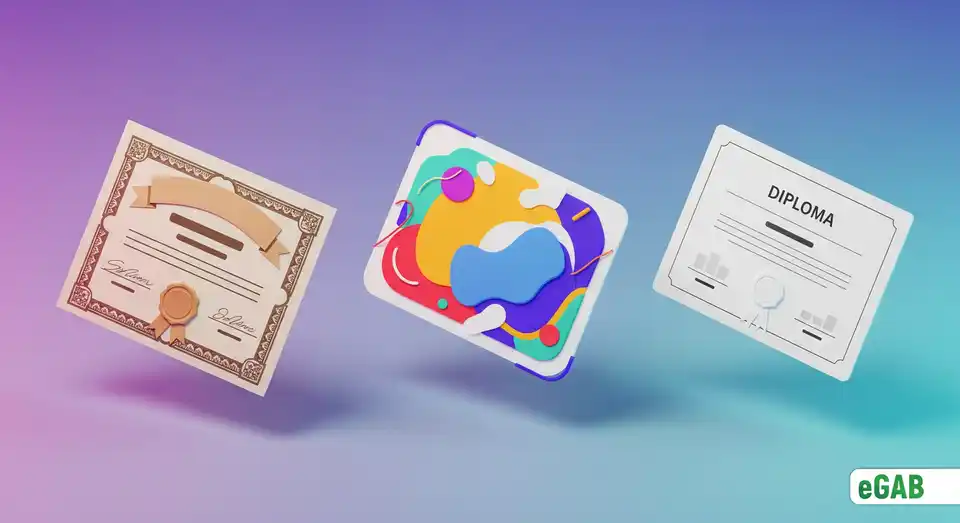
The Information Fields: Key Data at a Glance
Right on the main credential page, you'll find every key detail you need. These are your verifiable digital credentials , and we present everything in a clean, easy-to-read layout. The issuing institution sets up these fields themselves, which means they can be perfectly tailored for any kind of achievement. We designed the entire credentialing process to be flexible and adaptable. That's why this versatile system works just as well for a full university degree as it does for a specialized professional certificate or even a compact micro-credential for a short course.
But what is a verifiable credential? At its heart, it's a digital achievement that's cryptographically secure, tamper-evident (so any changes are instantly obvious), and easy for computers to read. What’s really important for you to understand is the data structure underneath. We carefully organize the data to meet established global standards. Specifically, it fully adheres to the W3C Verifiable Credentials Data Model . So, what does this mean for you in simple terms? The information is structured so that computer systems anywhere in the world can instantly and automatically understand it. Because of this, no human ever needs to manually read and interpret the data.
Here’s the essential information you'll typically see at a glance:
-
Full Name: The graduate's complete and official legal name.
-
Educational Institution: The official name of the university or college that issued the credential, also known as the issuer .
-
Date of Issue: The exact date the credential was officially awarded.
-
Programme of Study / Major: What you specifically studied to earn the credential.
-
Degree Awarded: The specific degree you earned, like "BACHELOR OF ARTS (B.A.)".
-
Classification / Distinction: Any special honors you earned during your studies, like "First Class Honours."
-
Unique Reference Numbers: This includes both the school's internal student ID and a unique Credly.study ID. This smart dual-ID setup ensures the credential can be looked up quickly and without any confusion.
This clear, highly structured data makes life so much easier for everyone involved in the verification process. Potential employers, other schools, and automated systems can now verify your hard-earned qualifications in mere seconds-not the weeks it often used to take.
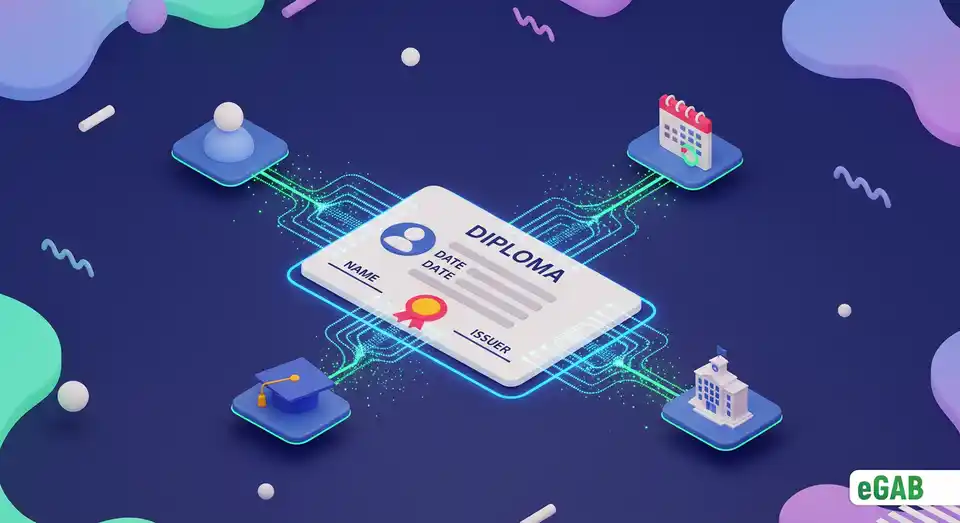
The Trust Layer: How Authenticity is Verified
This is the game-changing feature that sets an NFT diploma worlds apart from a simple picture or a standard PDF file. We've meticulously designed the entire process of NFT diploma verification to be transparent and completely foolproof. So, how do you verify a digital diploma issued on this platform? The eGAB platform builds in several powerful layers of trust, all displayed right on the credential page. This lets you see with total certainty why the credential is valid and trustworthy.
- Verified by Credly.study (CA | TTP): This little digital stamp is a very big deal. It clearly shows that the credential has been thoroughly checked and validated by two key players: a Trusted Third Party (TTP) and a Certification Authority (CA). - Let's break that down. Think of a CA (Certification Authority) as the official body that confirms the university is legitimate and has the full authority to grant degrees. This is the very same security concept that keeps the entire internet secure. As the leading cybersecurity firm Cloudflare explains, CAs are absolutely essential for establishing trust online. - The TTP (Trusted Third Party) then acts as an impartial referee. It's there to independently confirm that this specific document was issued by that verified institution to the right person.
-
Trust Level: You'll see a simple visual indicator on the page, like a "HIGHEST TRUST" bar. This gives you a quick, at-a-glance confirmation that the institution is fully verified and that the credential itself is rock-solid.
-
Issuer Information: The page will always clearly identify the school that issued the credential. With an eGAB NFT diploma , this complete transparency is key. You'll also find a direct link to the institution's verified profile. This commitment to transparency allows anyone to easily see the institution's official accreditation and other important details.
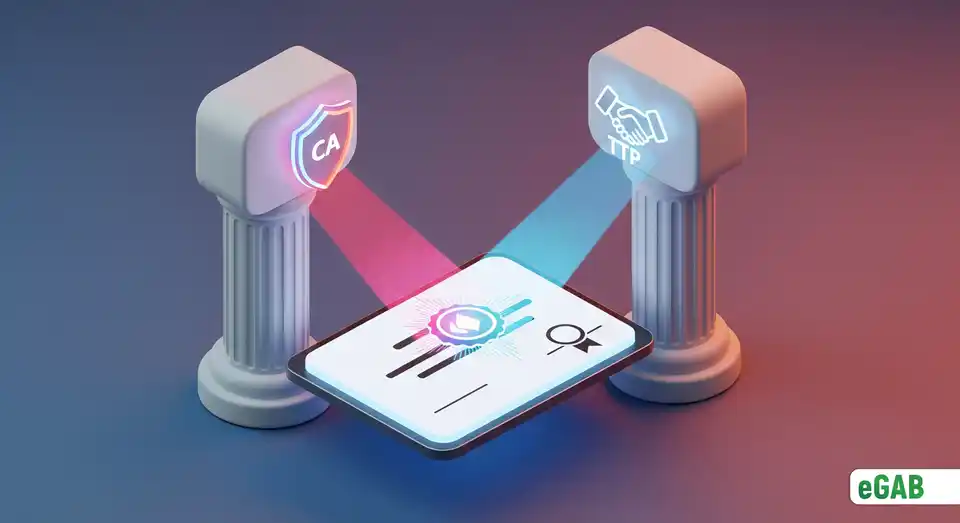
The Blockchain Record: The Unchangeable Proof
This is the secret sauce. So, how do you prove an NFT diploma is authentic? An NFT diploma’s ultimate proof of authenticity comes straight from the blockchain itself. This is the moment a simple digital file becomes a true blockchain diploma -a permanent, unchangeable, and public record of truth.
-
NFT ID: Every single document gets its own unique NFT ID . It looks like a long string of letters and numbers, like
0xef2eabba...e53cee43. We permanently record this ID on the CREST Chain . Think of it as your diploma's unique digital fingerprint. It's a permanent and unbreakable link to the exact moment the credential was created, or " minted "-the technical term for publishing an NFT on the blockchain using a special program called a smart contract . Anyone can click this ID to inspect the tamper-proof record on the blockchain, instantly confirming that it's authentic and has never been touched. -
Immutable Status: The page makes a powerful promise you can count on: "Once minted, this NFT cannot be altered or deleted by the issuer or the owner." This isn't just a company policy; it's a verifiable fact guaranteed by the very nature of blockchain technology . But how does blockchain make a diploma secure? Each record, or "block," is cryptographically sealed (meaning it's mathematically locked) to the one before it. This creates a secure, unbreakable chain of information.
This brings us to two critical questions. First, can an NFT diploma be faked or altered? The answer is a definitive no. If anyone ever tried to change a past record on the blockchain, it would instantly break that cryptographic chain. This creates an immutable record that can’t be changed after the fact, making any tampering immediately obvious to everyone on the network. Second, are NFT diplomas more secure than paper or PDF diplomas? Absolutely. This innovative process-a direct answer to the growing problem of diploma forgery-provides a level of data security that traditional paper documents or simple digital files could never hope to match. This is what makes them truly secure academic credentials .
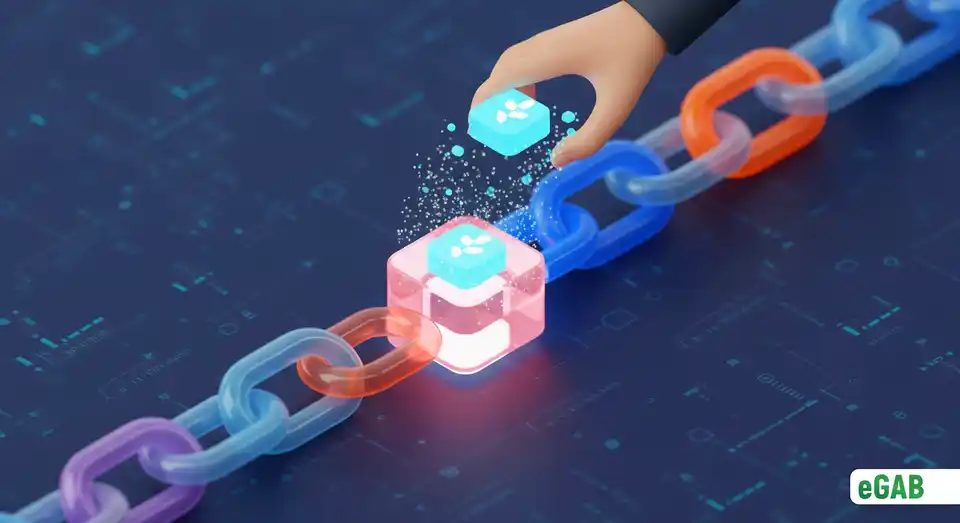
Interactive Elements: Sharing and Accessibility
Your NFT diploma isn't a credential that's meant to be hidden in a digital folder. In fact, one of the biggest benefits of NFT diplomas is that it’s a dynamic credential designed for you to share easily and securely across the web. The platform gives you complete control over your valuable achievement, allowing it to become a core part of your professional digital identity .
A common question we get is, how do I share my digital diploma with employers? We've made it incredibly simple.
-
Download Options: With just a click, you can download a high-quality image of your diploma or a unique QR code. This system of QR code verification is exceptionally powerful. So, what happens when a potential employer scans that code with their phone? It takes them straight to the live, secure, and up-to-the-minute verification page. This process means you're always sharing the most current, authentic version of your credential, and it completely prevents any chance of an old or fraudulent copy from circulating.
-
Social Sharing: Ready to show off your hard work to the world? You can share your verified achievement directly to professional networks like LinkedIn. The sheer ease of sharing NFT diploma on LinkedIn is a huge career advantage in the modern job market. You can also post it on other social media platforms or send it directly in an email to anyone you choose. This is so much more than just posting a picture; you're sharing a direct link to a trustworthy, instantly verifiable credential. In today's hyper-competitive job market, giving someone the ability to immediately confirm your qualifications gives any job seeker a serious advantage. A study from the American Association of Collegiate Registrars and Admissions Officers (AACRAO) highlights this exact point. The association found that "digital credentials provide a secure and verifiable way for learners to share their achievements." The recent boom in NFT for education is a direct response to this growing need. It's exactly what today's workforce needs and demands.
Takeaway: Think of your NFT diploma not as a static document, but as a living key. It’s a key that unlocks instant trust with employers, academic institutions, and professional networks all around the world, giving you a powerful and verifiable edge in your career.
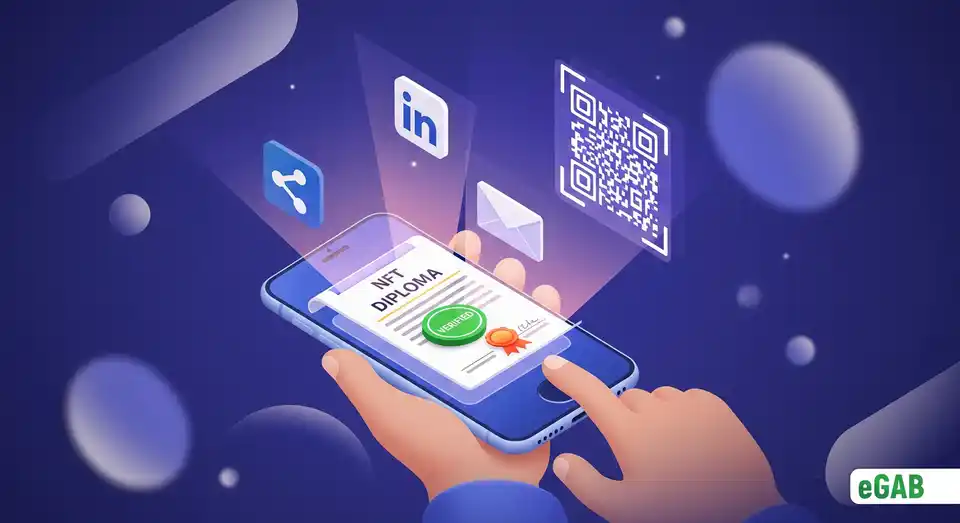
Summary: Your Achievement, Reimagined for a World of Digital Trust
So, what exactly is an NFT diploma from a platform like eGAB? It's so much more than just a digital picture. Think of it as a complete, multi-layered ecosystem built on trust. It all starts with a familiar, high-quality image of your diploma, but that’s where any similarity to a simple file ends. The real power is built around this visual core. First, the platform organizes your key data-like your name, major, and institution-and turns it into verifiable digital credentials . We’ve designed these to comply with global W3C standards. What does this mean for you? It means computer systems anywhere can instantly understand your qualifications without needing a human to step in.
On top of that structured data, we add the crucial trust layer. This isn't just a claim; it's proven right on the page. You’ll see visible markers from a Certification Authority (CA) that confirms the university is legitimate. You'll also see a Trusted Third Party (TTP) marker that guarantees the diploma was issued correctly. However, the ultimate proof of authenticity is that it's a blockchain diploma . Every credential gets a unique NFT ID and is minted on the blockchain, creating a permanent, immutable record . This record can’t be faked, altered, or deleted, providing a profound level of data security that paper or PDF documents simply can't match.
Finally, all this robust technology is designed for one key purpose: for you to use it. The platform transforms your credential from a static document into a dynamic, living part of your digital identity , marking the future of digital academic credentials. You can use easy QR code verification and convenient one-click sharing to networks like LinkedIn, which lets you give employers instant, undeniable proof of your qualifications. It’s not just a document. It’s a key that unlocks trust and opportunity in our global, digital world.
➡️ Where to from here? Seeing a real NFT diploma naturally brings up questions about the economics. The next logical step is to explore what it costs to issue digital NFT credentials on the blockchain.
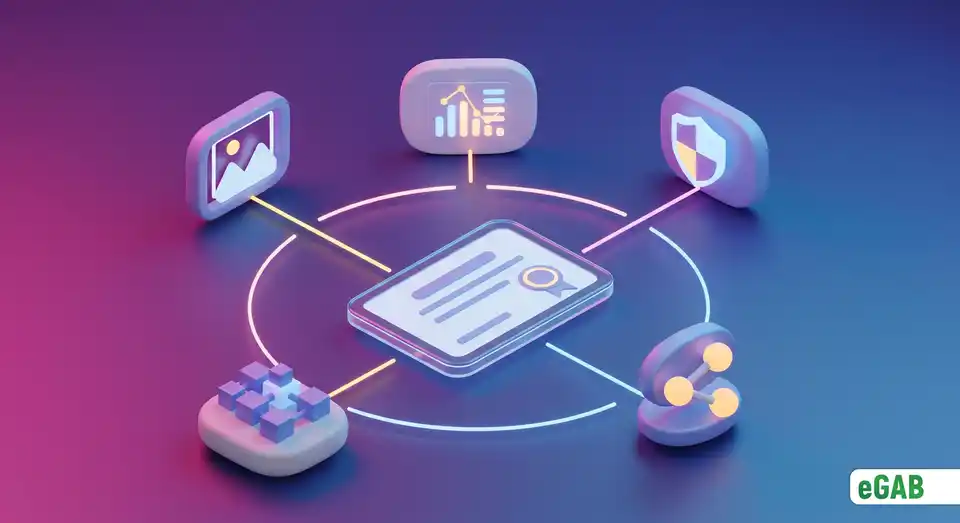
The ROI of NFT Credentials: How to Calculate Payback for Universities
The Hidden Costs of Verification: How Traditional Diploma Check Methods Hurt Your Budget
Why a PDF Diploma Doesn't Protect Against Fraud: A Technical Breakdown of Vulnerabilities
Diploma Forgery Statistics for 2025: The Latest Trends and Shocking Figures
The Axact Case: Anatomy of an International "Diploma Mill"
